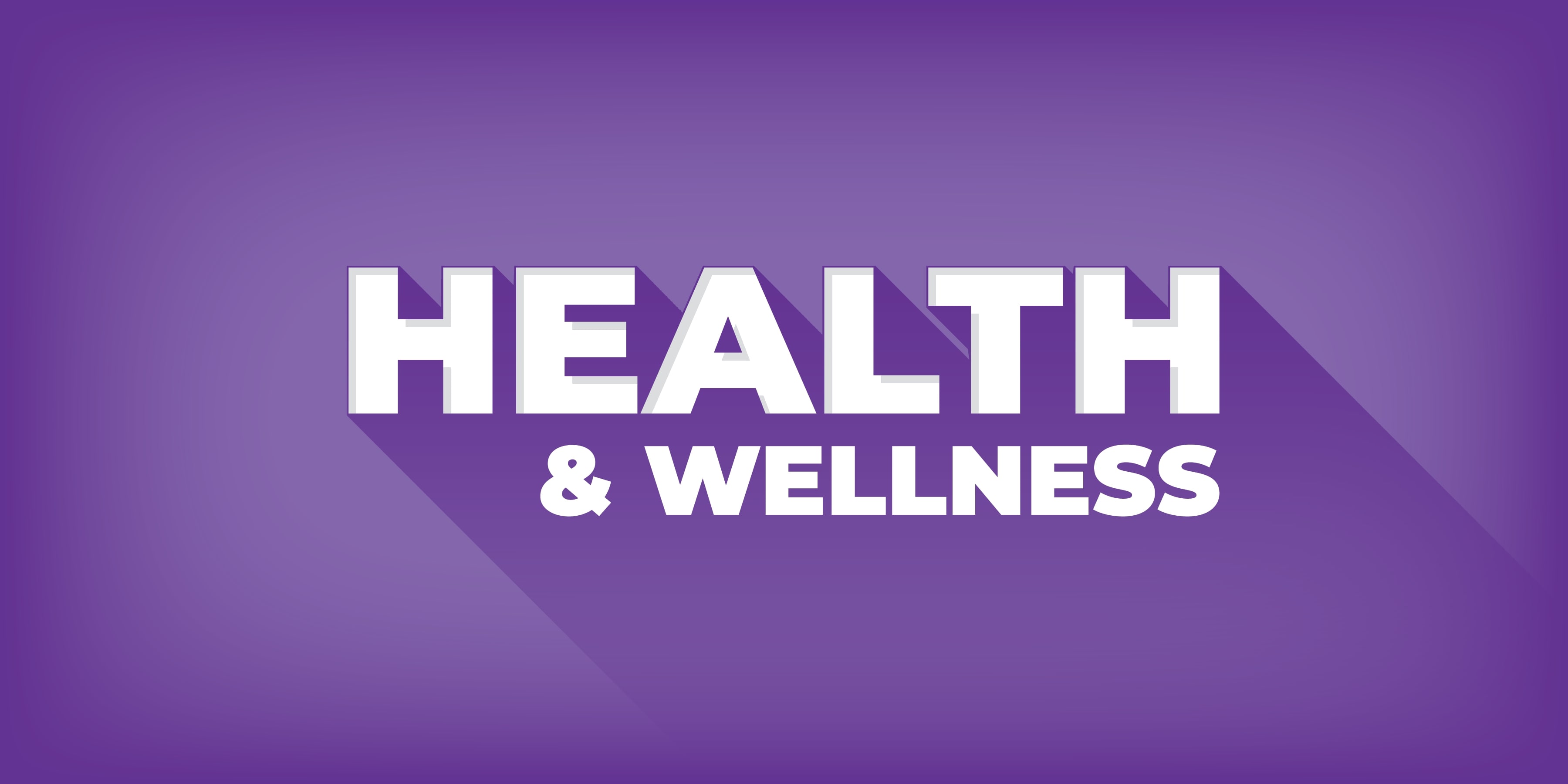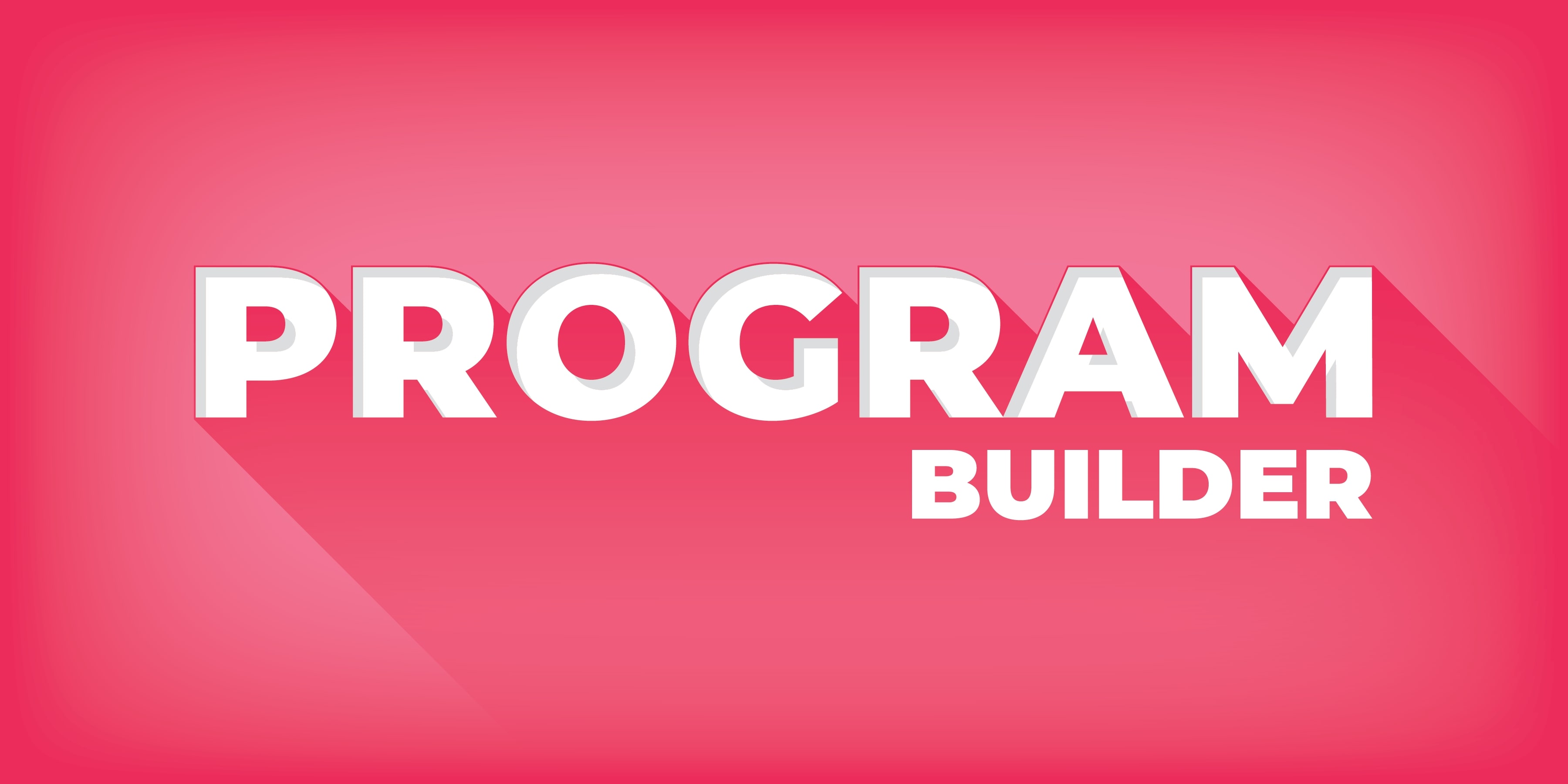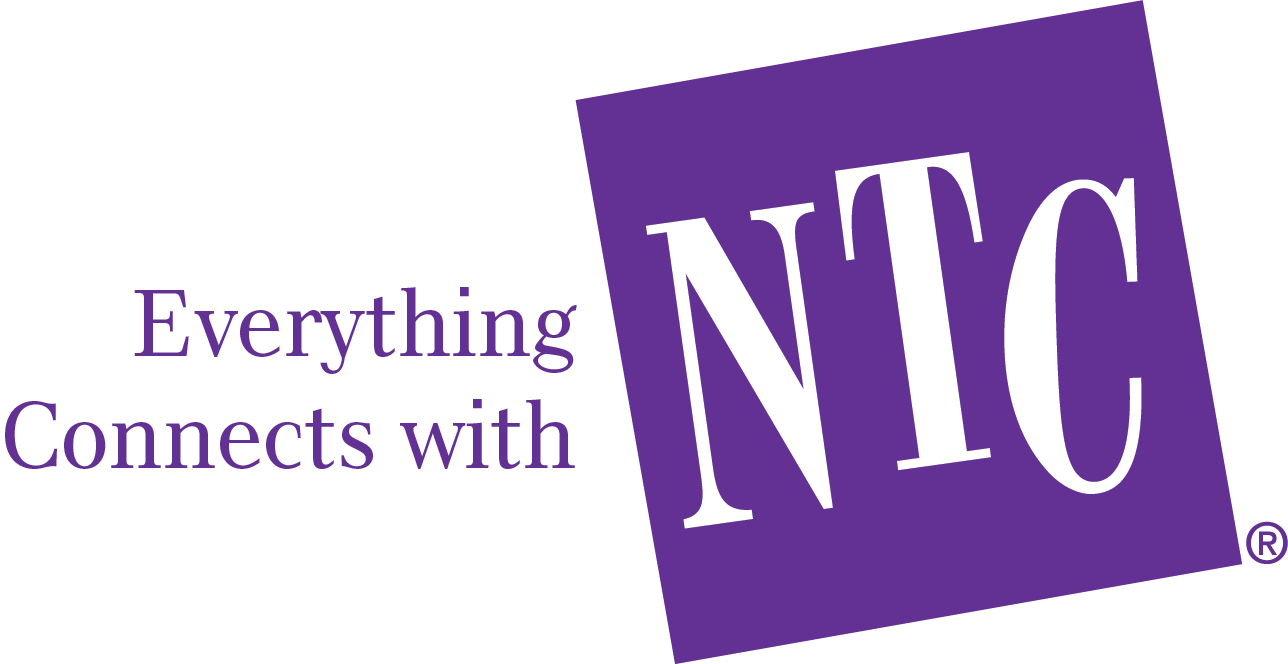Financial literacy may be one of modern life’s most valuable skill sets. Unfortunately, as essential as it may be, financial skills are taught in very few public schools. With an absence of school instruction, most people who are not taught by a family member or seek information out will find it difficult to gain necessary financial literacy skills. According to a survey by the National Financial Educators Council (NFEC) that gap in knowledge costs Americans over 450 billion dollars annually. The ultimate cost of financial illiteracy includes a number of unnecessary hardships that can last a lifetime. That’s why it’s crucial to understand the importance of financial literacy and how to develop it for yourself.
What is Financial Literacy?
For those who are new to the subject, let’s start with a brief explanation of what financial literacy is. Financial literacy involves understanding how to use financial concepts wisely to help you avoid financial pitfalls and build wealth over time. This includes everything from managing debt to saving and investing to creating a budget and paying taxes.
Understanding these key concepts, or developing financial literacy, can allow you to buy things you want and take steps towards being more financially secure throughout your life. The cost of financial illiteracy can add up to tens of thousands a year, and can affect your ability to retire or make reasonable investments or raise your chances of taking on debt you cannot pay off. Let’s dig a little deeper into how the high cost of financial illiteracy can affect your financial future.
Measuring the Cost of Financial Illiteracy
Financial illiteracy, sometimes called economic illiteracy, can have a huge impact on how you live your life. According to the same study mentioned above by the NFEC, financial illiteracy in America cost each citizen $1,819 on average in 2022. This was the highest cost recorded over the last six years. The cost of financial illiteracy also grows over time. It would cost you $18,000 over ten years because the pitfalls of financial illiteracy do not suddenly disappear. And that $1,819 per year is only the average. If you are like the roughly 15% of Americans who estimate that financial illiteracy costs them over $10,000 per year, you could be out over $100,000 over a decade. If you are married, that number can multiply by two. In other words, financial illiteracy costs Americans a lot of money year in and year out.
This loss can mean the difference between homeownership and renting, which forfeits the benefits of building equity that comes with homeownership. This loss can also mean the difference between setting up a safety net for a job loss or medical emergency or scraping by each month hoping something that affects your ability to earn an income does not occur. Developing a solid financial understanding is key to building skills that can help you minimize these financial pitfalls.
As the cost of financial illiteracy grows over time, one of the best ways to help mitigate that growth is to learn financial basics and build financial literacy skills early. Learning good financial habits at an early age can help blunt the high cost of financial illiteracy throughout your lifetime.
Financial Literacy Translates Into Benefits Over Time
One of the biggest things about financial decisions is that because our financial systems are set up to work over time, the benefits of financial literacy work over time as well. In the same way, the cost of financial illiteracy also works over time. Below are a few ways financial literacy can help you make better decisions and how financial illiteracy works the opposite way.
Understanding the Benefits of Compounding Interest
One of the benefits of investing is the earning potential of compounding interest. This basically means that as you invest money consistently the interest on that investment continues to grow over time. It also stands to reason that the earlier you start, the more time you have to grow that investment. If you leave this investment to grow each month and into each year, it will continue to grow. The longer that money is there, the more it will grow.
An example of how compound interest works is a high yield savings account. By putting a consistent amount of money into a high yield savings account each month, you can grow the amount of money in the account beyond what you initially put into it. Let’s consider an example of a $1000 deposit into a high yield account. If that account has a 5% APY, the balance will be $1050 at the end of the year. In the following year, that 5% will apply to $1050 instead of $1000. The interest compounds, earning interest on the amount of deposit and on the interest itself.
Understanding how consistently saving and investing over time works, like with the high yield saving account example above, is financial literacy. That understanding can be motivating when it comes to saving more and spending less. Giving you the tools to make better financial decisions.
Conversely, understanding that leaving money in a traditional checking or savings account with little to no interest will not grow over time like the example above, may motivate you to make different decisions with your money each month. That is financial literacy. Understanding how financial concepts work in relation to the decisions you make can help you make different decisions. Solid financial literacy gives you the tools to put your money to work for you. Learning these concepts early on can result in making decisions that help you earn more over your lifetime.
Understanding How High Interest Rates Affect Borrowing
Another cost of financial illiteracy is paying higher interest rates on purchases. A lack of how interest rates affect borrowing can negatively affect your purchasing decisions, resulting in paying higher interest rates and in the end paying more to purchase anything. If you buy something on credit or with a loan, you are borrowing money to purchase it. There is an interest rate attached to that borrowing. The higher the rate of interest, the more you pay over time. An understanding of how interest rates work will help you in making purchasing and borrowing decisions. That is financial literacy. The more you know about it, the better you are at making important decisions.
For example, if you make a large purchase and put it on your credit card and then carry that balance month over month, you end up paying interest on the purchase, which then makes the purchase more expensive over time.
Here’s an example of how that can work. As of 2023, the average interest rate on a credit card is nearly 21%. If you purchase something on a credit card for $1000 and plan to pay for it at $100 a month until it is paid off in ten months, your $1000 purchase now costs $1110. Understanding how this works can affect your purchasing decisions.
Understanding How a Credit Score Works
Purchasing on credit and then paying it off can also affect your credit score. Understanding how this works is another level of financial literacy that can motivate you to make better financial decisions. Maintaining a good credit score allows for more opportunities to borrow money and usually at lower interest rates, so financial literacy can actually help you pay lower interest on your purchases.
Some of the key metrics that impact your credit score are on-time payment history, credit usage and derogatory marks like liens and debts in collection. The earlier you understand these metrics the more likely you are to practice fiscal responsibility, and the more likely you are to avoid the high cost of financial illiteracy.
Understanding How Financial Fees Work
Understanding how the high cost of debt can affect how you are able to live your life is another important benefit of financial literacy. When you carry a balance on your credit card, more of the money you earn each month goes toward paying that interest. The higher the balance or debt, the more interest you pay and the less you have each month to spend on other things. This can significantly limit where your money goes each month and you may even find you have a financial shortage at the end of the month. If this happens, and you are unable to cover the minimum monthly payment on your borrowing, additional fees are added to what you owe. This can cause a cycle of debt that becomes difficult to get out of. An understanding of how these fees work can help you avoid that cycle and motivate you to make different decisions.
Developing financial literacy understanding and building your financial tools can help you avoid these financial pitfalls that can set you back further and further in reaching your financial goals. Learning financial concepts early on is even better so you start out your financial journey with the tools you need.
Avoiding the High Cost of Financial Illiteracy
At a time when approximately 40% of Americans feel that they’re unable to afford a $400 emergency expense, it’s never been more important to develop strong financial literacy. The longer financial illiteracy remains a problem, the more costly the outcome can become. Teaching young people financial literacy skills can go a long way in blunting the human cost of an illiterate society. Helping young people build the necessary financial skills can help them avoid the pitfalls that cost adults hundreds of billions of dollars a year.
Since the effects of financial illiteracy can build up over time as well as the benefits of financial literacy growing over time, the earlier you start learning financial literacy skills the better. Education outreach programs, like NTC’s financial literacy programing in middle schools, helps young people start their financial journey with the tools they need. Some concepts that NTC’s financial literacy education outreach covers is:
- Prioritizing needs and wants
- Understanding the difference between cash and credit
- The basics of investing
- The importance of saving
Unfortunately, many young people lack instruction. According to a survey conducted by Greenlight, three quarters of teens do not feel confident in their financial knowledge, and 73% want more personal finance instruction. Bolstering instruction efforts through financial literacy education is key to improving these stats. It’s important to incorporate fun and informative programs that engage students and help curb the lack of financial literacy in young adults.
Sponsoring an in-school financial literacy outreach program, like the ones offered by NTC, can help young people start out on the right foot and become financially literate, which supports a lifetime of being on the right track financially.
Understanding the high cost of financial illiteracy at a young age can alter a person’s financial future. Learning key financial concepts can motivate students to adopt good financial habits that can last a lifetime.













